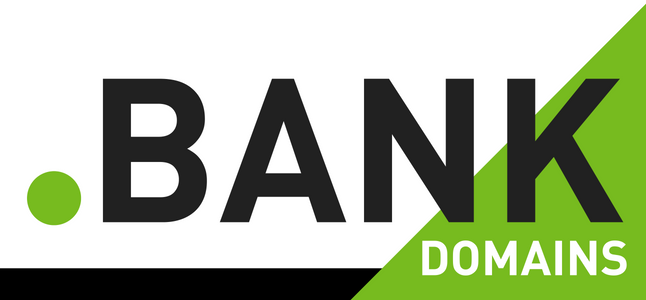What is Smishing? How to Identify + Report It
SMS phishing (“smishing”) is a form of phishing in which an attacker uses SMS text messages to trick recipients into taking an action and...
Five Nines Team : Nov 5, 2020 9:47:50 AM
1 min read

We partnered with HBE CPAs & Consultants to present Security Tips to Keep You Safe at Home & Work, and here are the top 5 tips we covered:
#1 – Practice Good Password Hygiene
To practice good password hygiene, you will want to use strong and unique passwords and enable two-factor or multi-factor authentication. If you’re worried about having to remember a large number of unique passwords for all your accounts, Jessica suggests downloading the free password manager “Last Pass” on your desktop or mobile device.
#2 – Know Your Risk Factors
Be aware that there is a cybersecurity risk of just browsing the internet or having an email address – it’s low, but it’s there. Jessica suggests using haveibeenpwned.com to check if an email address, password, or website has been compromised and how frequently. From here, you can make more knowledgeable decisions on website subscriptions or update your accounts with higher-strength passwords.
#3 – Perform Regular Updates
Hopefully, your IT department is frequently performing these on your work devices, but it should be done on personal devices as well. For a Windows device, you can type “Windows Update Settings” in the search bar and check for updates. A good rule of thumb is every 30 days to ensure your device works as efficiently as possible.
#4 – Have a Backup Solution
Be proactive rather than reactive. If you don’t have something in place now, it will be too late when you do get hacked. Back up essential documents using cloud-based methods such as Google Drive or iCloud. If you are someone with a vast amount of data to store, Jessica suggests a paid backup solution: BackBlaze is only $6/month for unlimited storage.
#5 – Think Before You Click
Be wary of unsolicited messages – emails, texts, online ads. Hackers send these in hopes of gaining access to your credentials or to prove your domain is credible. Jessica suggests you do not respond, do not click on links, and always delete. Also, mark as spam, block sender and notify your IT department. It’s better to be safe than sorry.


SMS phishing (“smishing”) is a form of phishing in which an attacker uses SMS text messages to trick recipients into taking an action and...

Once spam hits your email inbox, you become a target. When it comes to technology, humans tend to be the weakest link in most IT security situations....

.BANK is not just another way to change up your domain name, it's a proactive and protective measure put in place to give you peace of mind that...